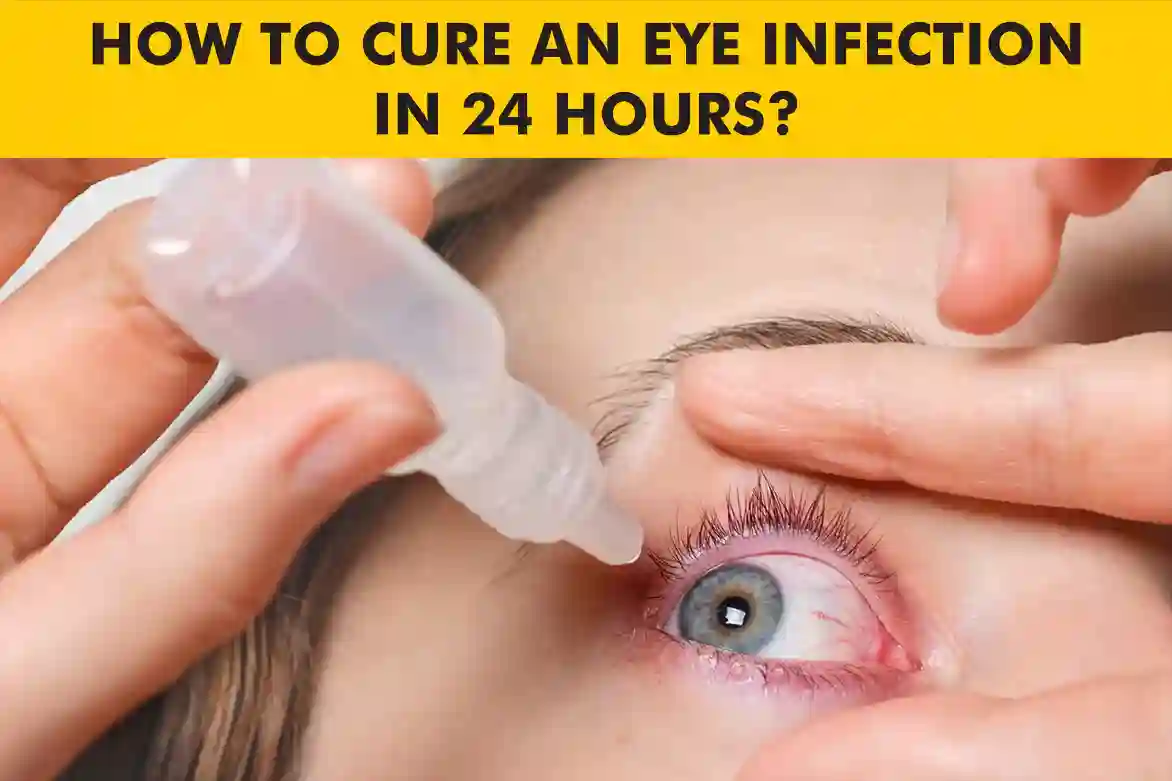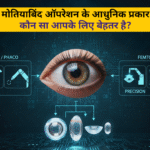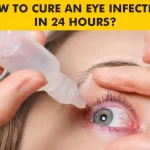Introduction
Eye infections are common conditions that can cause discomfort, irritation, and, in some cases, serious complications. Prompt eye infection treatment is essential to alleviate symptoms and prevent further issues. Understanding the causes, symptoms, and treatment options will help ensure proper eye care.
Eye infections can affect individuals of all ages and may result from bacterial, viral, fungal, or allergic causes. While some infections resolve on their own, others require medical intervention. Recognising early signs and knowing how to respond can significantly impact recovery time and prevent complications.
Eye Infection Causes
Eye infections occur due to various factors, including microorganisms, environmental triggers, and improper hygiene. Some common causes include:
- Bacterial infections: Often caused by Staphylococcus or Streptococcus bacteria, these infections can result from touching the eyes with dirty hands, using contaminated makeup, or wearing unclean contact lenses.
- Viral infections: Viruses such as adenoviruses are responsible for most cases of conjunctivitis (pink eye). These infections are highly contagious and can spread through respiratory droplets or direct contact.
- Fungal infections: Fungal eye infections are rare but can develop due to contaminated contact lenses, injuries involving plant material, or exposure to damp environments.
- Allergic reactions: Allergens like pollen, dust, mould, and pet dander can trigger eye infections. While allergies do not cause infections directly, prolonged irritation can make the eyes more susceptible to microbial invasion.
- Improper hygiene: Touching the eyes with unclean hands, sharing towels, or using expired eye products increases the risk of infections. Poor lens hygiene is also a common cause among contact lens wearers.
Eye Infection Symptoms
The symptoms of an eye infection can vary depending on its cause. Some common signs to watch for include:
- Redness and inflammation: The eye appears bloodshot due to increased blood flow to the affected area.
- Pain or irritation: A burning or itching sensation is common in infected eyes.
- Excessive tearing or discharge: Bacterial infections often produce thick, yellow or green discharge, while viral infections may lead to watery eyes.
- Blurred vision: Vision disturbances can occur when the cornea becomes inflamed.
- Light sensitivity: Some infections cause photophobia, making it uncomfortable to be in bright environments.
- Swelling of the eyelid: Puffy or swollen eyelids may accompany an eye infection, particularly in bacterial cases.
Recognising these symptoms early on allows for timely eye infection treatment, preventing complications and discomfort.
Types of Eye Infection
Eye infections can be classified based on their origin and the area they affect. Some of the most common types include:
Conjunctivitis (Pink Eye)
This highly contagious infection affects the conjunctiva, the thin membrane covering the white part of the eye. Conjunctivitis can be viral, bacterial, or allergic. Viral conjunctivitis typically results in watery eyes and redness, while bacterial conjunctivitis produces thick discharge and crusting.
Keratitis
Keratitis is a corneal infection caused by bacteria, viruses, fungi, or parasites. It often occurs in contact lens wearers who do not follow proper lens hygiene. Symptoms include pain, redness, blurred vision, and light sensitivity.
Stye
A stye (hordeolum) is a painful lump on the eyelid due to a blocked oil gland. Bacterial infections usually cause it and present as a swollen, red bump near the eyelid margin.
Uveitis
Uveitis refers to inflammation inside the eye, affecting the uvea (the middle layer of the eye). Infections, autoimmune conditions, or eye injuries can cause it. If left untreated, uveitis can lead to vision loss.
Medical Treatments
Medical intervention is necessary for severe or persistent infections. Various eye infection treatment methods include:
- Antibiotic or antiviral eye drops: These are commonly prescribed for bacterial and viral infections to eliminate pathogens and reduce symptoms.
- Antifungal medications: Fungal infections require specialised antifungal eye drops or oral medications.
- Steroid eye drops: In cases of severe inflammation, steroid eye drops may be prescribed to reduce swelling and discomfort.
- Warm compresses: Applying a warm compress to the affected eye can help relieve pain and encourage drainage of infections like styes.
- Artificial tears: Lubricating eye drops can provide relief from irritation and dryness caused by infections.
If symptoms persist despite treatment, an eye specialist should be consulted for further evaluation.
Eye Infection Home Remedies
Many mild eye infections can be managed at home with simple remedies. Some effective eye infection home remedies include :
- Warm compress: Placing a warm cloth over the affected eye can reduce pain and swelling.
- Lubricating eye drops: Rinsing the eye with eye drops helps remove debris and bacteria and may provide fast relief for eye infections.
Avoid relying on home remedies, as eye infections can worsen rapidly. It is advisable to seek an ophthalmologist’s opinion early- do not resort to home remedies or self-medication.
Prevention
Preventing eye infections requires proper eye hygiene and care. Here are some essential tips:
- Wash hands frequently: Avoid touching your eyes with unwashed hands.
- Avoid sharing eye makeup: Using someone else’s makeup or expired products can introduce bacteria.
- Proper contact lens hygiene: Clean and store lenses properly and avoid wearing them overnight.
- Protect eyes from environmental hazards: Use sunglasses or safety goggles when necessary.
Conclusion
Eye infections are manageable with timely eye infection treatment and preventive measures. Understanding the causes and symptoms helps in early detection and treatment. If you experience persistent discomfort, consult an eye specialist to ensure proper care.
Let us protect your vision with expert eye care. Book an Eye Checkup!
FAQs
There is no guaranteed fastest way to cure an eye infection as it depends on the specific type and severity of the infection. It is best to consult with a healthcare professional for appropriate treatment.
Mild eye infections may improve within a few days with proper treatment and home remedies. However, more severe infections may require a longer recovery period.
It is not recommended to use home antibiotics for eye infections. Antibiotics should be prescribed by a healthcare professional based on the specific type of infection.
To clean an infected eye, use a clean, warm washcloth to gently wipe away any discharge or debris. Avoid rubbing the eye, as it may worsen the infection.
Salt can irritate the eyes if used in excessive amounts or if the saline solution is not properly diluted.
There is no scientific evidence to support the use of onions for treating eye infections. It is advisable to consult with a healthcare professional for appropriate treatment options.
Mild infections may improve with warm compresses, saline rinses, and proper hygiene. If symptoms persist, seek medical help.
The duration depends on the type of infection. Bacterial infections improve within a few days with antibiotics, while viral infections may take longer to resolve.
If untreated, infections can cause vision issues or spread to other parts of the eye, causing other serious illnesses. Prompt eye infection treatment is essential to avoid permanent damage to the eye and overall health.





